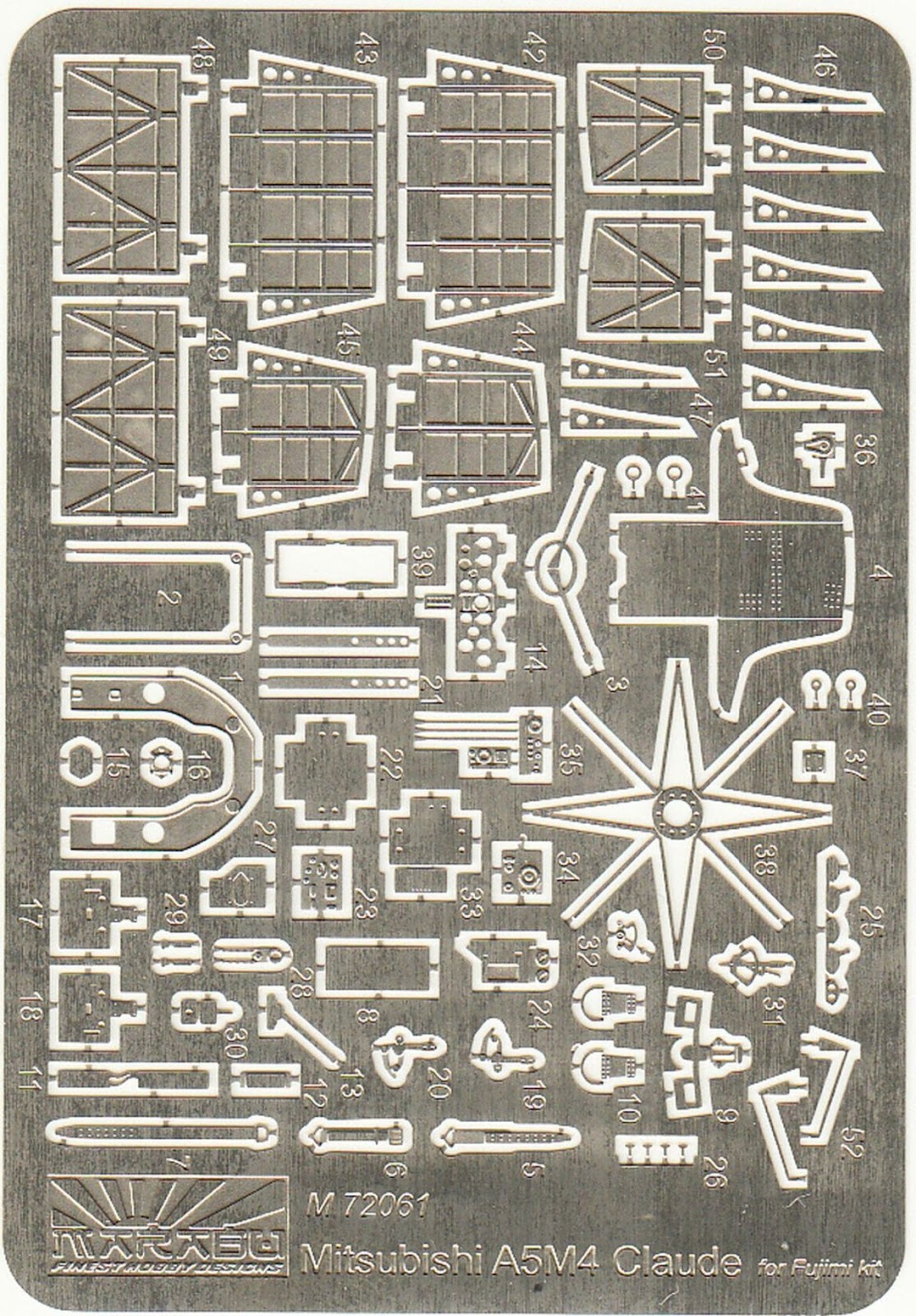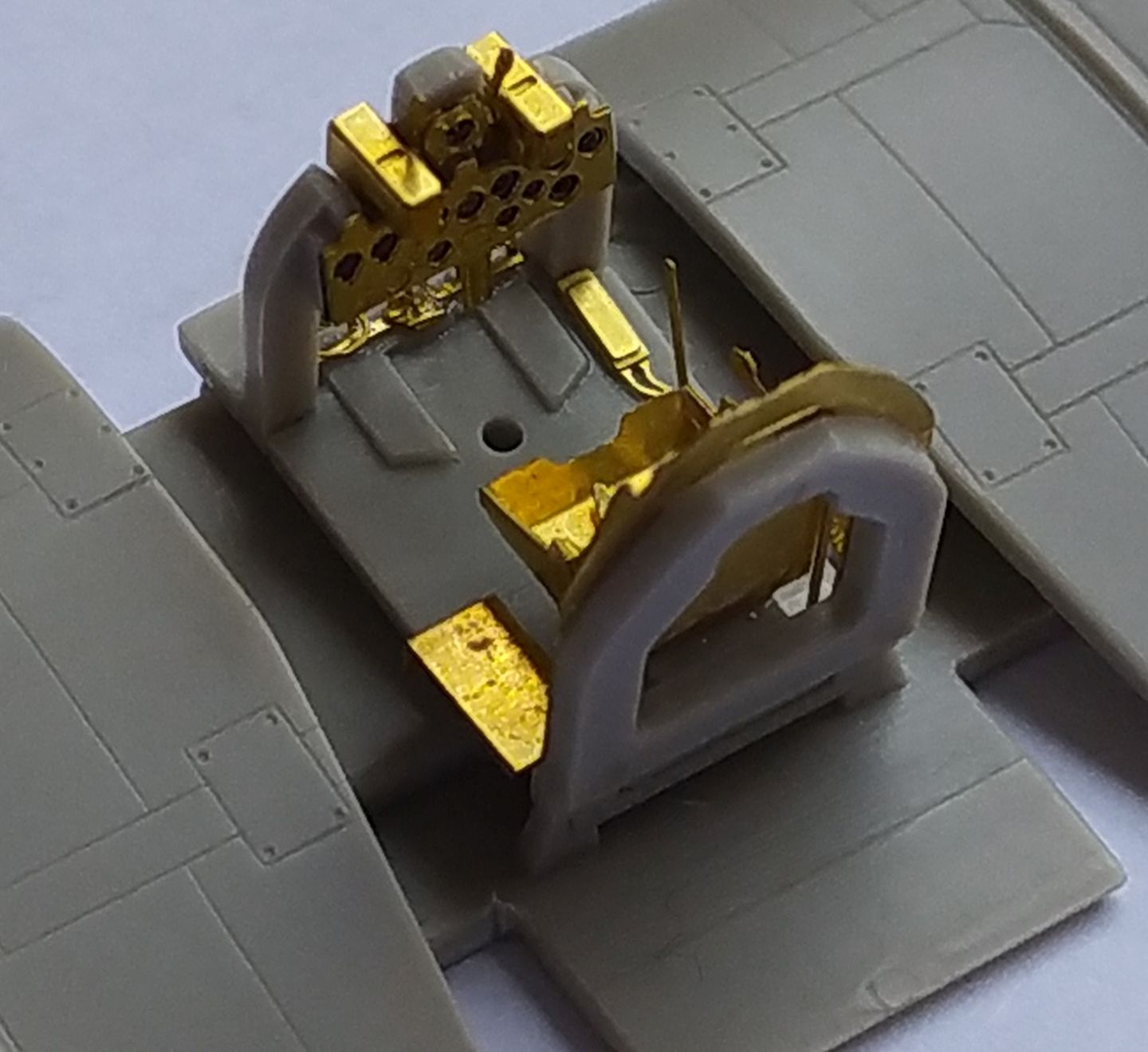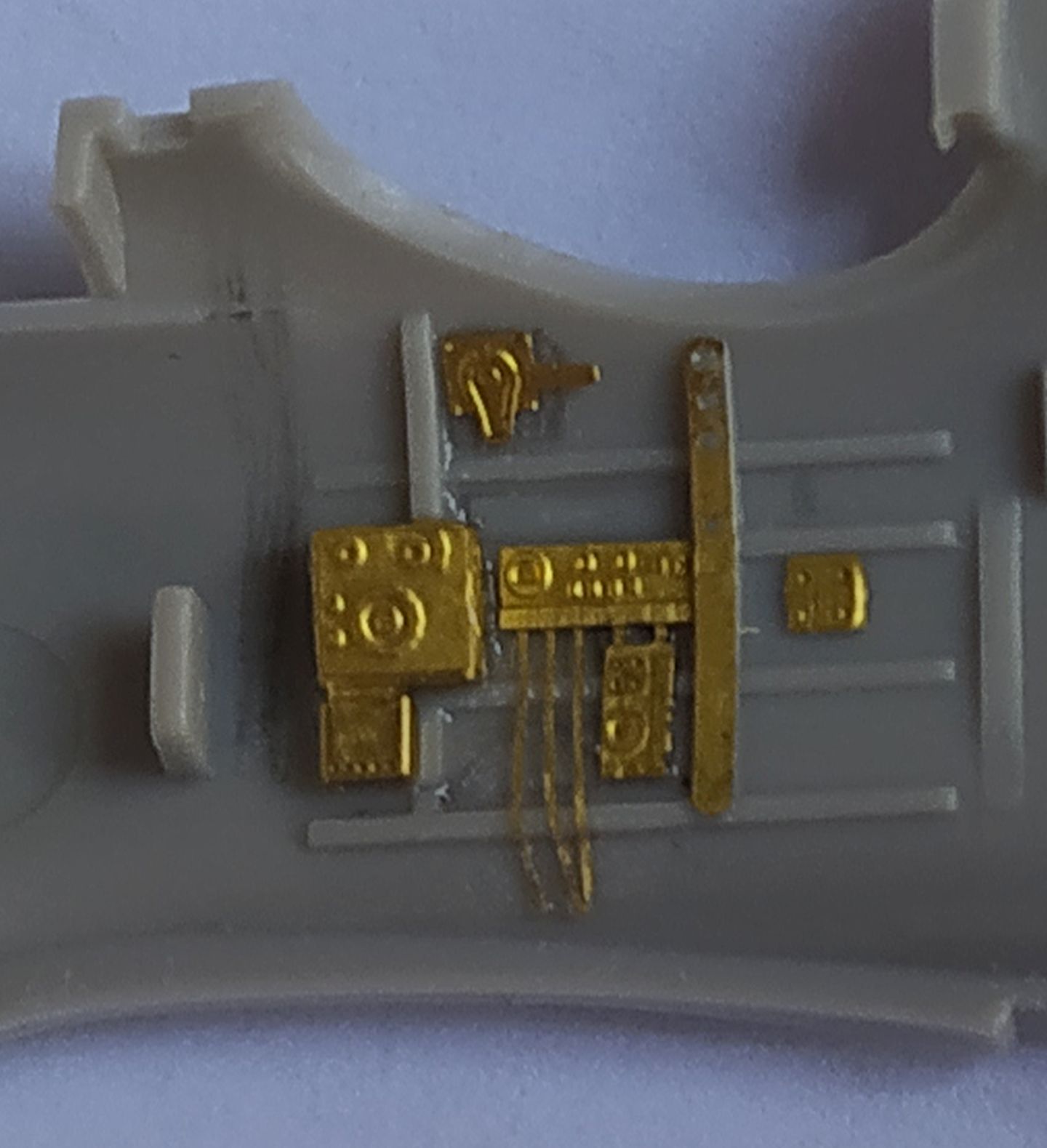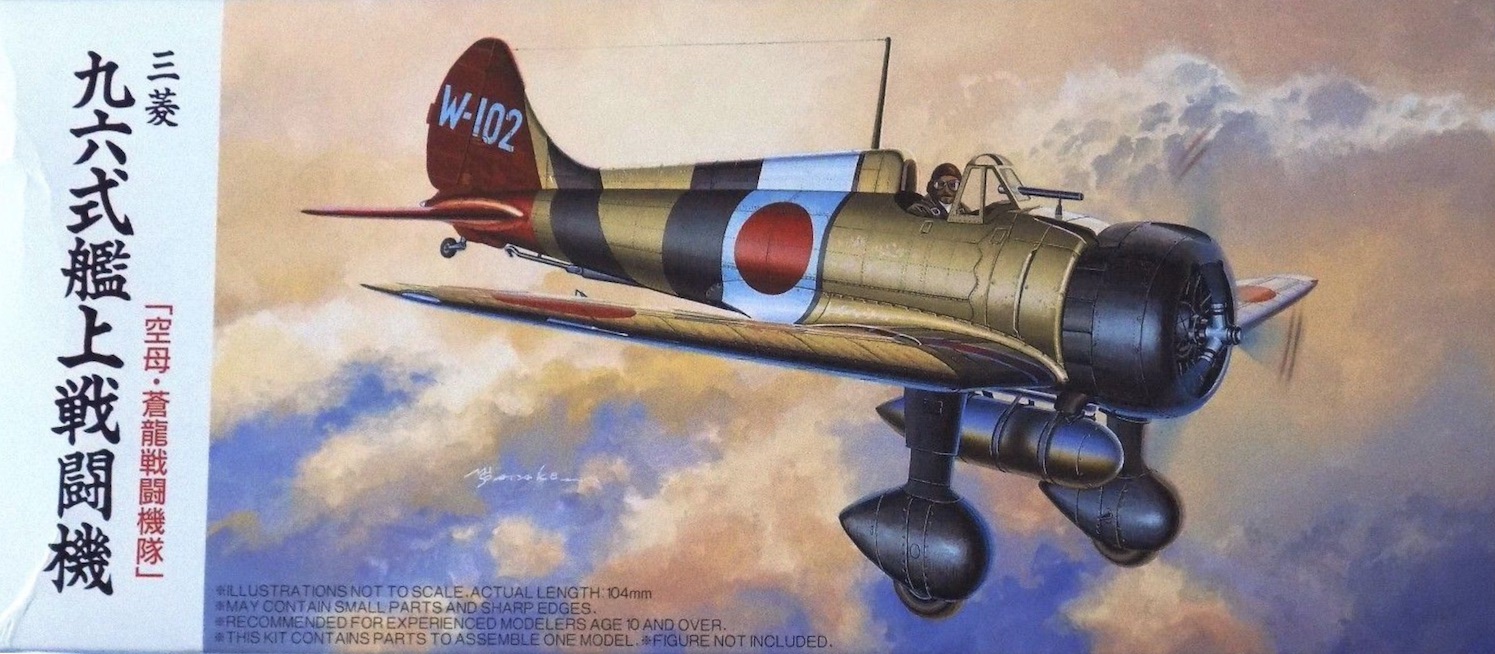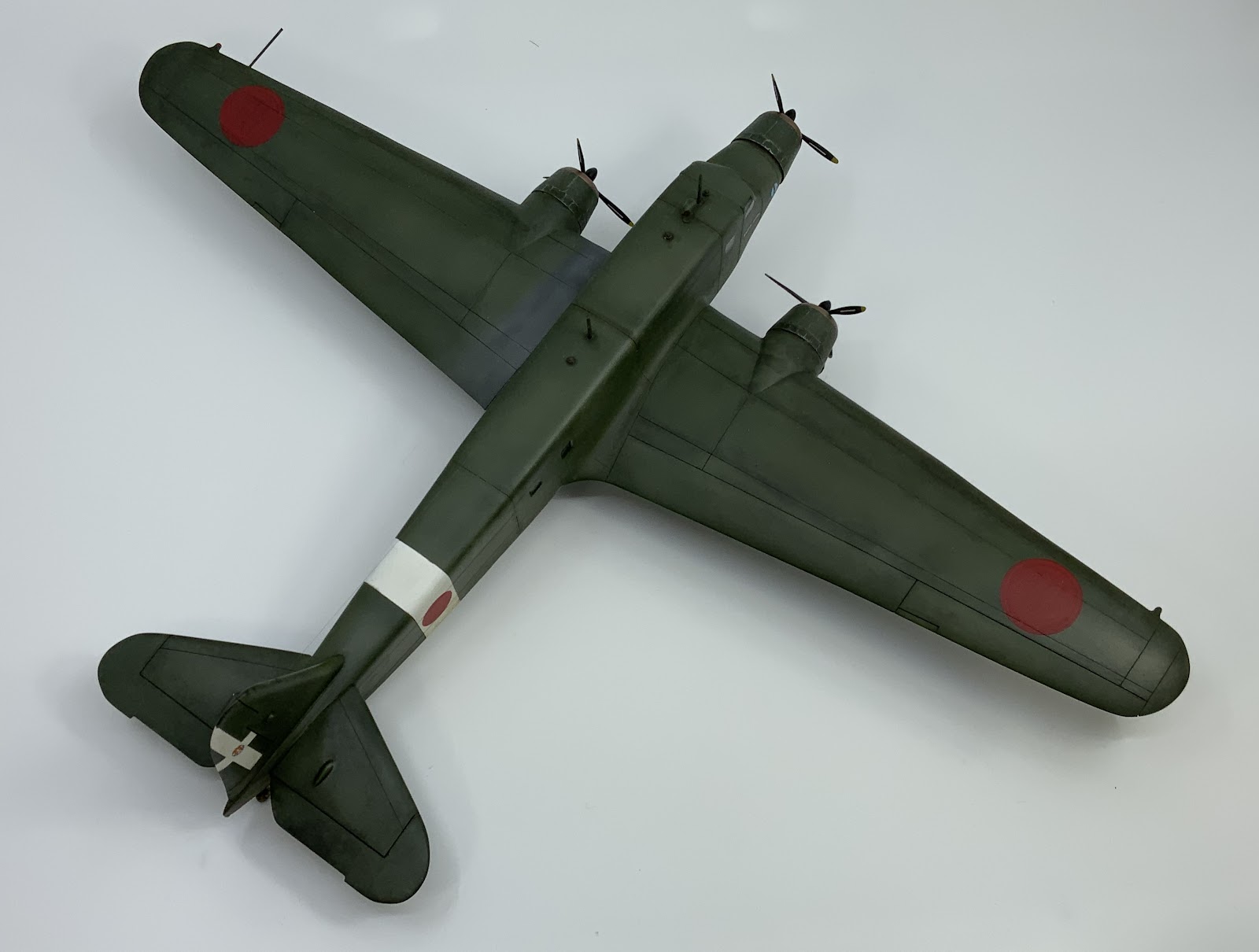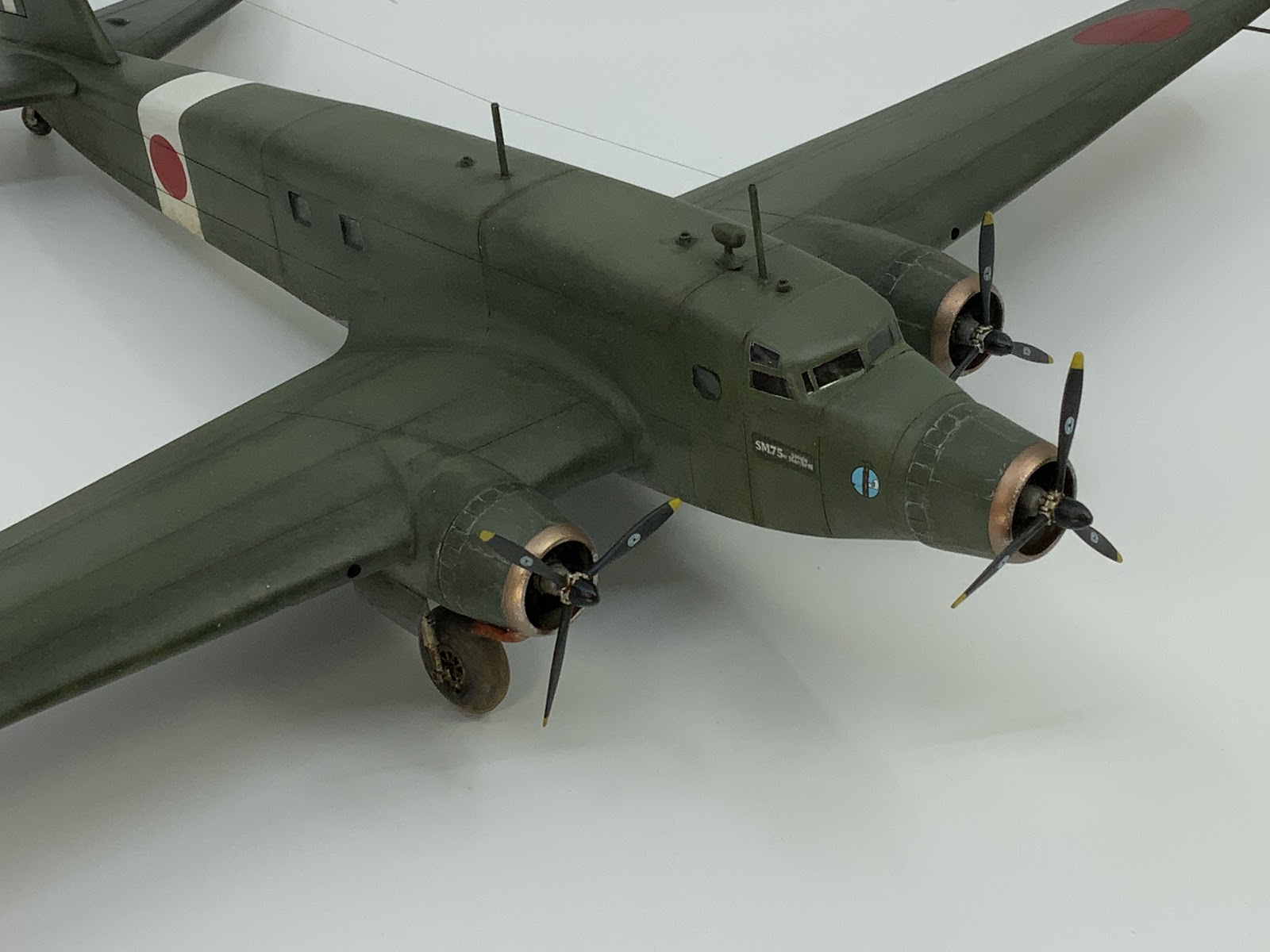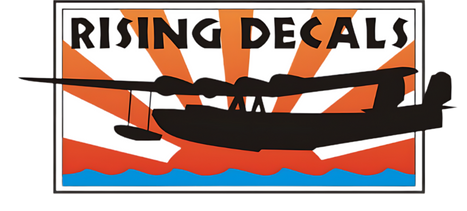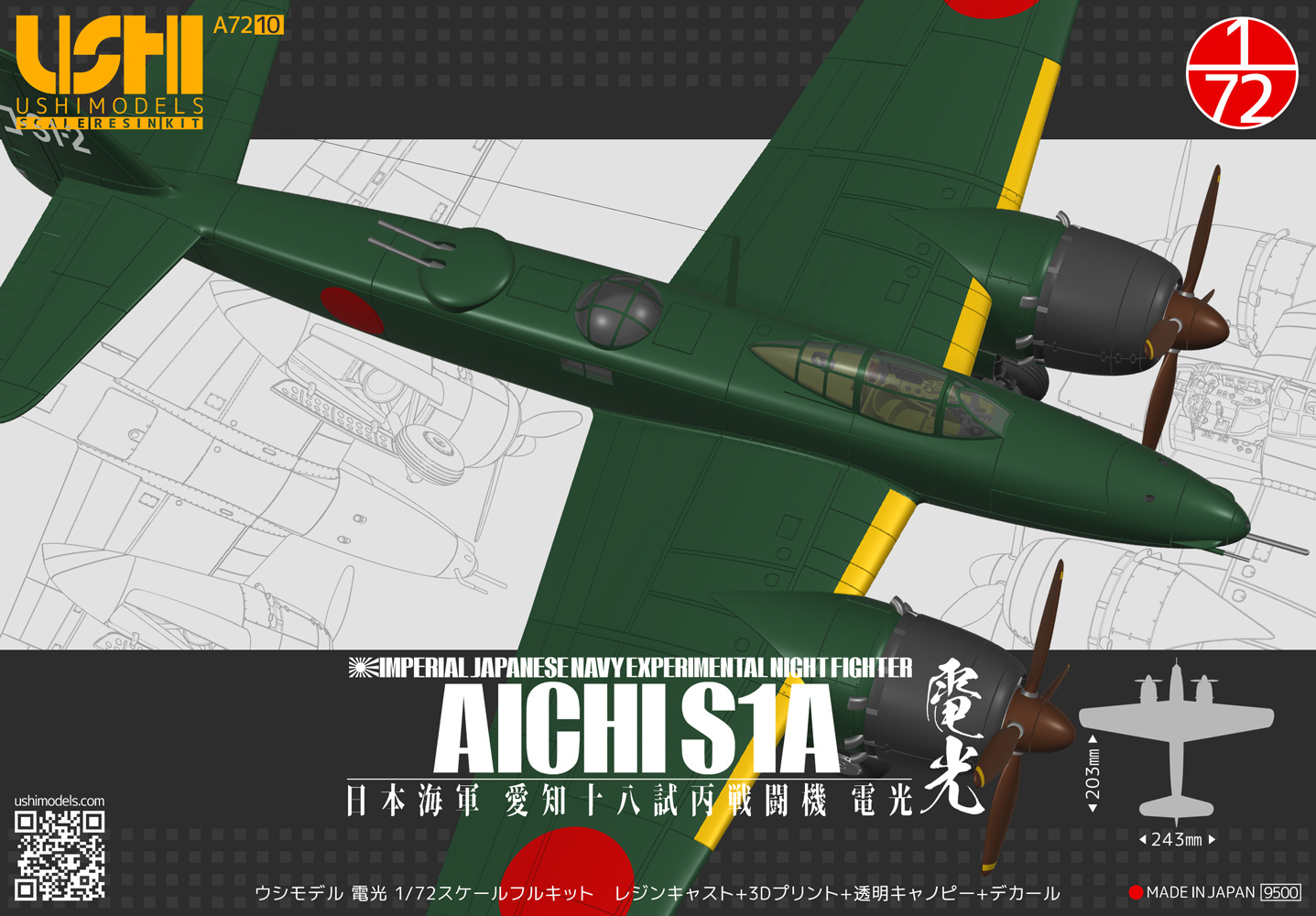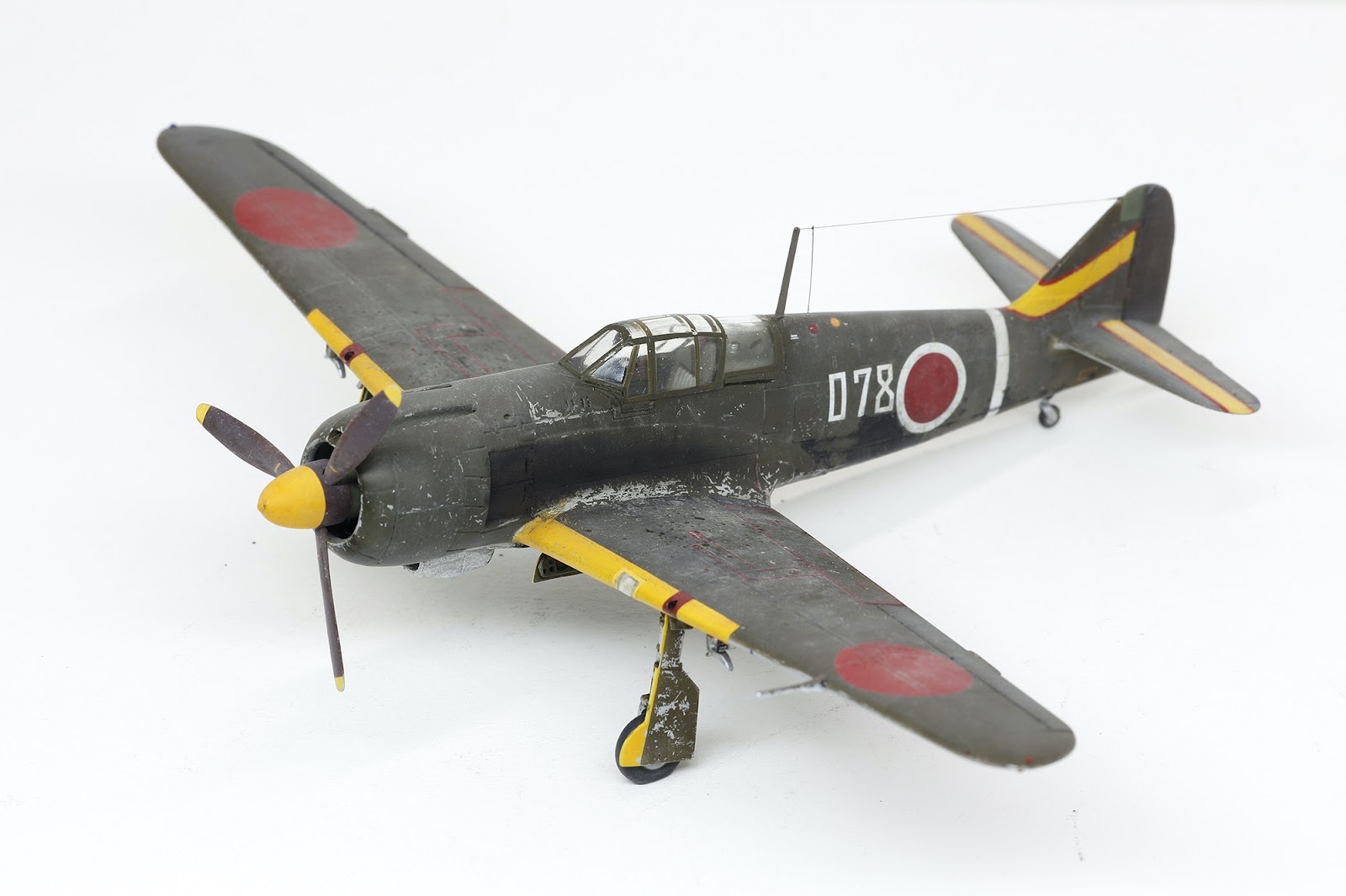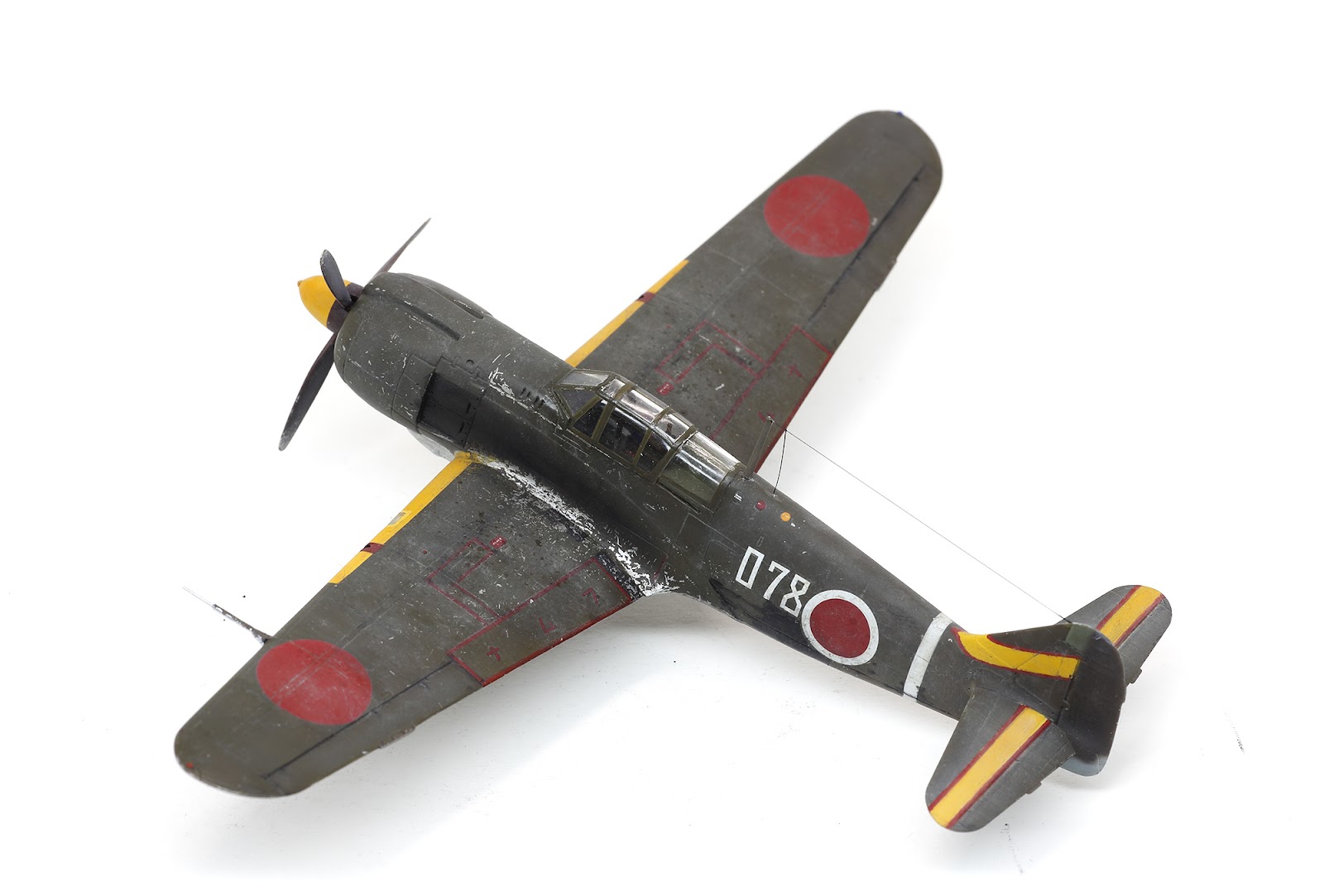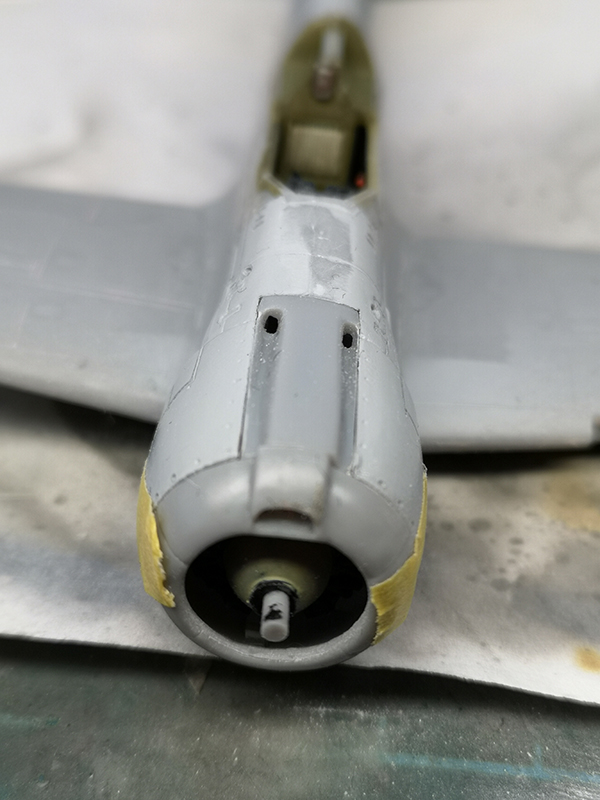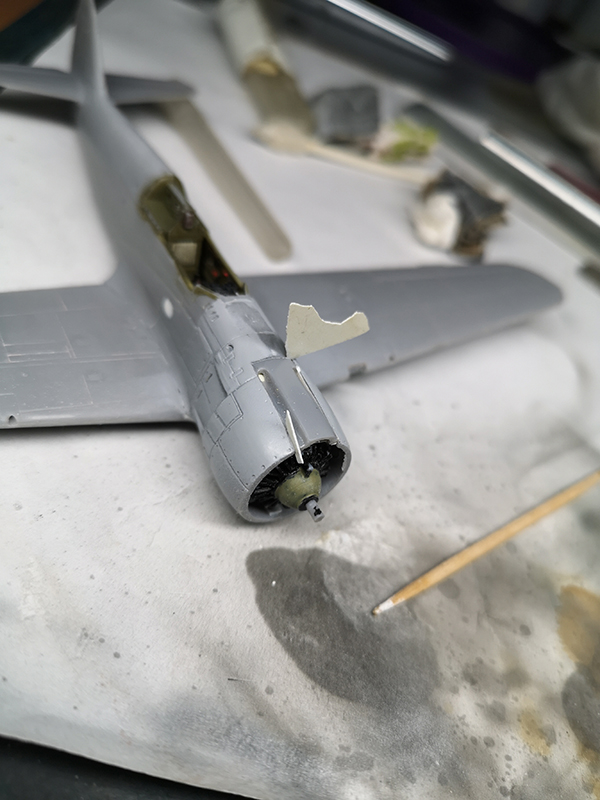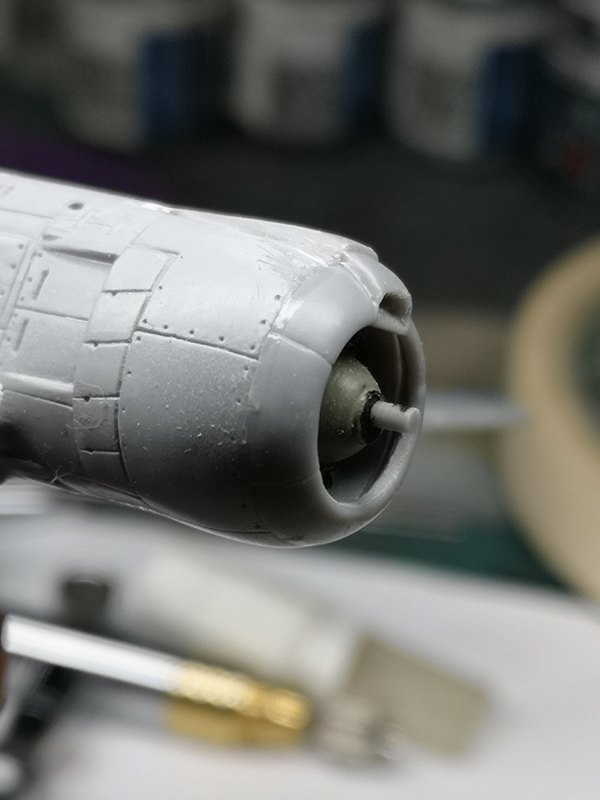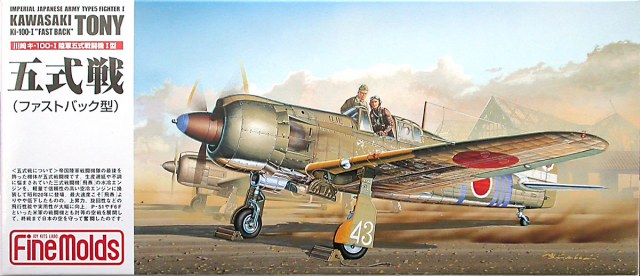Aviation of Japan 日本の航空史
A site dedicated to information and discussion about the history of aviation and aeroplanes in Japan and the Far East. 日本と東洋の航空史と航空機に関する専門サイト。皆様からの情報やコメントをお待ちしてます。(日本語でも可)
Friday, 11 July 2025
1/72 Mitsubishi A5M4 Details from Marabu Design
Thursday, 3 July 2025
1/72 Siai Marchetti SM.75 GA Rome to Japan Longe Range Aircraft
'The Savoia-Marchetti (SM) 75 is well known among Italian WW2 Aviation Enthusiasts. But it also has a direct connection to Japan. The SM.75 held many speed and endurance records in the 1930’s as it was powered by three 559kW (750 hp) Alfa Romeo 126 RC.34 radial engines, making it suitable for extreme long range flights. With such performance features, a SM.75 was tasked for a secret flight from Rome to Tokyo to deliver new diplomatic codebooks to Italy's Axis partner. It was suspected that the Allies had broken their international radio codes in January 1942) and as radio was the most vital means to communicate with the Japanese, the Italians needed to deliver new codebooks to Japan.
With special thanks to Harvey for photos of an intriguing model representing an intrepid flight.
Image credits: All model photos © 2025 Harvey Low; Heading Photo via Harvey Low; Tailing photo via Aviation of Japan; Box art © Balaton Models
Wednesday, 2 July 2025
Rising Decals
and
Image credit © 2025 Rising Decals
Ushi 1/72 Aichi S1A 'Denko' Experimental Night Fighter
Due for release this month in the Ushi Models range of fine resin kits from Japan is this IJN Aichi S1A experimental night fighter Denko ('Lightning/Electric Light' - 電光). The crisply moulded Ushi resin kits of Japanese experimental types tend to slip in under the radar and disappear quickly so if you want one you gotta be quick! Fine details on this kit appear to be 3D moulded and the canopies are vacform. Decals are included for a 'what if' Yokosuka Defence Ku aircraft YoD-1136 and both 'Ko' prototypes. Direct from HLJ it will cost £57.36.
Monday, 30 June 2025
1/72 scale Ki-100 'Fastback' by Francesco Borraccino
Fine Molds Ki-100
Saturday, 21 June 2025
Rising Decals Regimental Duo in 1/72 scale Part 2
- Ki-43-II 6010 at But, New Guinea in late 1943, the aircraft of Capt Shigeo Nango in solid green camouflage. He was not the Sentai leader but the Executive Officer and Hikotai leader from July 1943 until his death in action in January 1944. His Oscar has sometimes been depicted with red fuselage stripes. When the unit withdrew to the Philippines in October 1943 it was replenished with 34 aircraft, sufficient to assign aircraft to pilots. As the former 2nd Chutai leader from January 1942 to July 1943 Nango's assigned aircraft continued to be serviced by the 2nd Chutai maintenance crew and therefore retained the red tail insignia. The blue fuselage bands were applied to reflect his role as the executive officer of the Sentai HQ. This information was obtained from 1Lt Hitoshi Kawamura, an engineering officer who had served in the Sentai HQ as armaments officer, by the respected researcher Yoji Watanabe in an interview published in FAOW 65 (July 1997) and helpfully translated by another respected researcher Osamu Tagaya in 2009.
- Ki-43-II of 3rd Chutai, at But in late 1943/early 1944, attributed as the aircraft flown by the Chutai leader Capt Kenjiro Kobayasahi from the twin yellow fuselage bands, in solid green camouflage. This aircraft is one of the subjects of the recent Arma Hobby kit which depicted the rearmost fuselage band as yellow. Close examination of the photograph suggests that the band was probably white, being the senchi hiyoshiki, as depicted on this sheet.
- Ki-43-II of 3rd Chutai, at But in October 1943, the aircraft of Sgt Maj Tomio Hirohata, in a sparse mottle of green over natural metal. As in the 1/48 sheet recently reviewed the bird motif is provided in red or black. FWIW in the known photograph of the aircraft it appears darker in tone than the Hinomaru. The motif resembles the Japanese phoenix - Hōō - (ほうおう), the mythical bird which had associations with the Imperial family, represented fidelity and was also believed to rule over all other birds. However, if the colour of the motif was indeed red it might have represented the Suzaku (朱雀 - すざく), the Japanese name for the mythical Chinese 'Vermilion Bird' which was considered the guardian of the south. Representations of the two mythical birds are similar in appearance and sometimes get confused. FAOW 65 identified Hirohata's Oscar as being 2nd Chutai and puzzled over the appearance of the tail stripe which in the photo is lighter than the Hinomaru and bird motif.
- Ki-43-II of 1st Chutai at But in November 1943, attributed as the aircraft of the Chutai leader Lt Masaaki Yoshida from the twin white fuselage bands, in solid green camouflage.
- Ki-43-II 5388 of 2nd Chutai abandoned at Hollandia in April 1944, in solid deep green camouflage over brownish grey green under surfaces,
- Ki-43-III Ko of 2nd Chutai at Kimpo, Korea in 1945, in solid # 7 (olive brown) or # 27 blue green over natural metal.
- Ki-27 Ko 91 of 2nd Chutai at Hankow in September 1939, flown by Sgt Maj Isamu Kashiide, a 9 victory ace and Bukosho winner, on overal grey green or light blueish grey. The lightning flash included on the sheet is blue but has been depicted as red or black. In Osprey 103 we followed earlier references stating that the flash was a blue-black colour. The sliding canopy was removed on this aircraft.
- Ki-27 Otsu of 2nd Chutai at Ashiya, Japan in the Spring and Summer of 1944, in grey green or light blueish grey, attributed as an aircraft used for training.
- Ki-61-I Tei of 3rd Chutai at Saishu (Jeju) Island in October 1945, in 'snake weave' camouflage of green over natural metal.
- Ki-100 Ko 16153 of 3rd Chutai at Ashiya in October 1945, attributed as the aircraft of the Chutai leader 1Lt Naoyuki Ogata, in a scheme of # 7 or the darker # 43 over natural metal. The 'P-51' victory mark is reported to represent Ogata's claim of 14 August 1945.
- Ki-100 'Razorback' 16078 of 3rd Chutai at Ashiya in October 1945, in a scheme of # 7 or the darker # 43 over natural metal.
- Ki-100 'Razorback' 16177 of 2nd Chutai at Ashiya in October 1945, in a scheme of # 7 or the darker # 43 over natural metal.
- Ki-100 'Bubbletop' 16321 of 3rd Chutai at Ashiya in Octiober 1945, in a scheme of # 7 or the darker # 43 over natural metal.
- Ki-100 'Bubbletop' 16313 of 3rd Chutai at Ashiya in October 1945, in a scheme of # 7 or the darker # 43 over natural metal.
A very fine set of decals with Rising's usual attention to detail, crisply printed and with good colour saturation. Particularly impressive is the fine register of the various thinly bordered bands and stripes. With special thanks to Rising Decals for the review set.
Image credit: All © 2025 Rising Decals.

